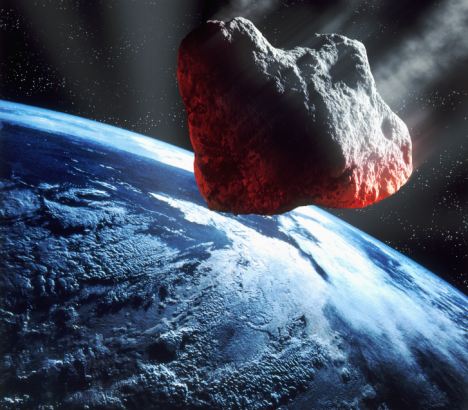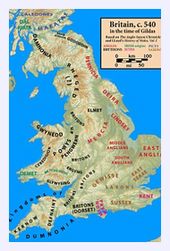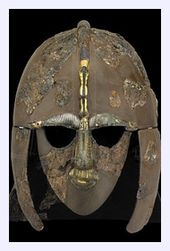
Sources from the time refer to widespread crop failures and famines as the unseasonal weather took hold. The Gaelic Irish Annals recorded 'a failure of bread' from 536 to 539AD.
Tree ring analysis by Mike Baillie from Queen's University in Belfast also suggested a cool period. He found the Irish oak showed abnormally little growth in 536 and 542. This phenomenon was noted in trees in Sweden and Finland as well.
The cause, according to historic sources, was a huge dust veil that descended on Earth.
For instance Byzantine historian Procopius recorded in 536AD that 'during this year a most dread portent took place. For the sun gave forth its light without brightness.
'It seemed exceedingly like the sun in eclipse, for the beams it shed were not clear.'
Until now scientists were divided as to whether the dust cloud was caused by a huge volcanic eruption like Krakatoa or a meteorite slamming into Earth.
The eruption theory has many supporters due to sulphate deposits found in ice cores from that period.
However, Dr Abbott's research suggests the alternative theory. She found satellite measurements of sea levels pointed to two significant craters off Australia, which were 11miles and 7.4miles wide.
According to National Geographic, she was led to the site by large v-shaped dunes along the coast, which she believes are evidence of a great tsunami triggered by a giant impact.

This could fit quite neatly with a 2004 paper in the journal of Astronomy and Geophysics, which suggested an object around 2,000ft across could have caused a cooling event on the scale of AD535.
Other researchers led by U.S. physicist Mark Boslough have dismissed Dr Abbott's theory.
Dr Boslough said if a large impactor had broken up as it approached Earth's surface, the fragments should have 'essentially behaved as one piece', creating just one crater.
He added that Dr Abbott and others had found 'evidence' of more impact events than astronomer's believe are possible.
Dr Abbott has staunchly defended her work. While she agreed her case wasn't 100 per cent proven she said: 'I think we're getting very close to being able to show there were a lot of impacts in the last 10,000 years.'




Reader Comments
to our Newsletter